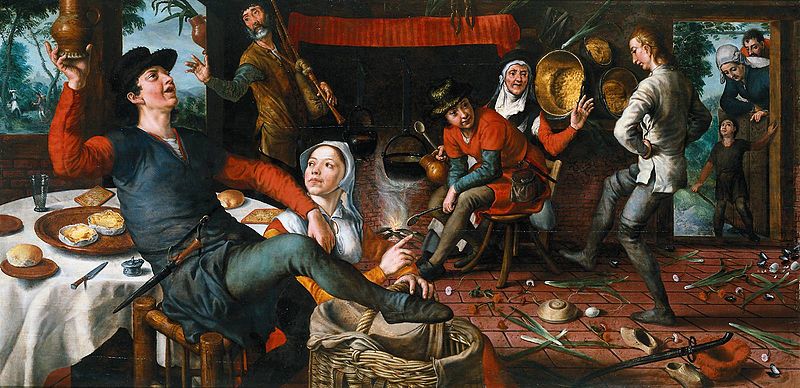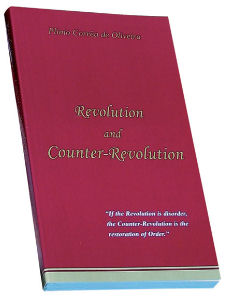In the fourteenth century, a transformation of mentality began to take place in Christian Europe; in the course of the fifteenth century, it became ever more apparent. The thirst for earthly pleasures became a burning desire. Diversions became more and more frequent and sumptuous, increasingly engrossing men. In dress, manners, language, literature, and art, the growing yearning for a life filled with delights of fancy and the senses produced progressive manifestations of sensuality and softness.

Taken from Manners, Customs, and Dress During the Middle Ages, and During the Renaissance Period By P. L. Jacob, page 66.
Little by little, the seriousness and austerity of former times lost their value. The whole trend was toward gaiety, affability, and festiveness. Hearts began to shy away from the love of sacrifice, from true devotion to the Cross, and from the aspiration to sanctity and eternal life. Chivalry, formerly one of the highest expressions of Christian austerity, became amorous and sentimental. The literature of love invaded all countries. Excesses of luxury and the consequent eagerness for gain spread throughout all social classes.
Penetrating intellectual circles, this moral climate produced clear manifestations of pride, such as a taste for ostentatious and vain disputes, for inconsistent tricks of argument, and for fatuous exhibitions of learning. It praised old philosophical tendencies over which Scholasticism had triumphed. As the former zeal for the integrity of the Faith waned, these tendencies reappeared in new guises. The absolutism of legists, who adorned themselves with a conceited knowledge of Roman law, was favorably received by ambitious princes. And, all the while, in great and small alike, there was a fading of the will of yore to keep the royal power within its proper bounds as in the days of Saint Louis of France and Saint Ferdinand of Castile.

And, all the while, in great and small alike, there was a fading of the will of yore to keep the royal power within its proper bounds as in the days of Saint Louis of France and Saint Ferdinand of Castile.
Plinio Corrêa de Oliveira, Revolution and Counter-Revolution (York, Penn.: The American Society for the Defense of Tradition, Family, and Property, 1993), Part I, Ch. 5-A, pp. 14-15.







